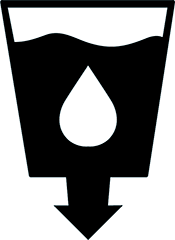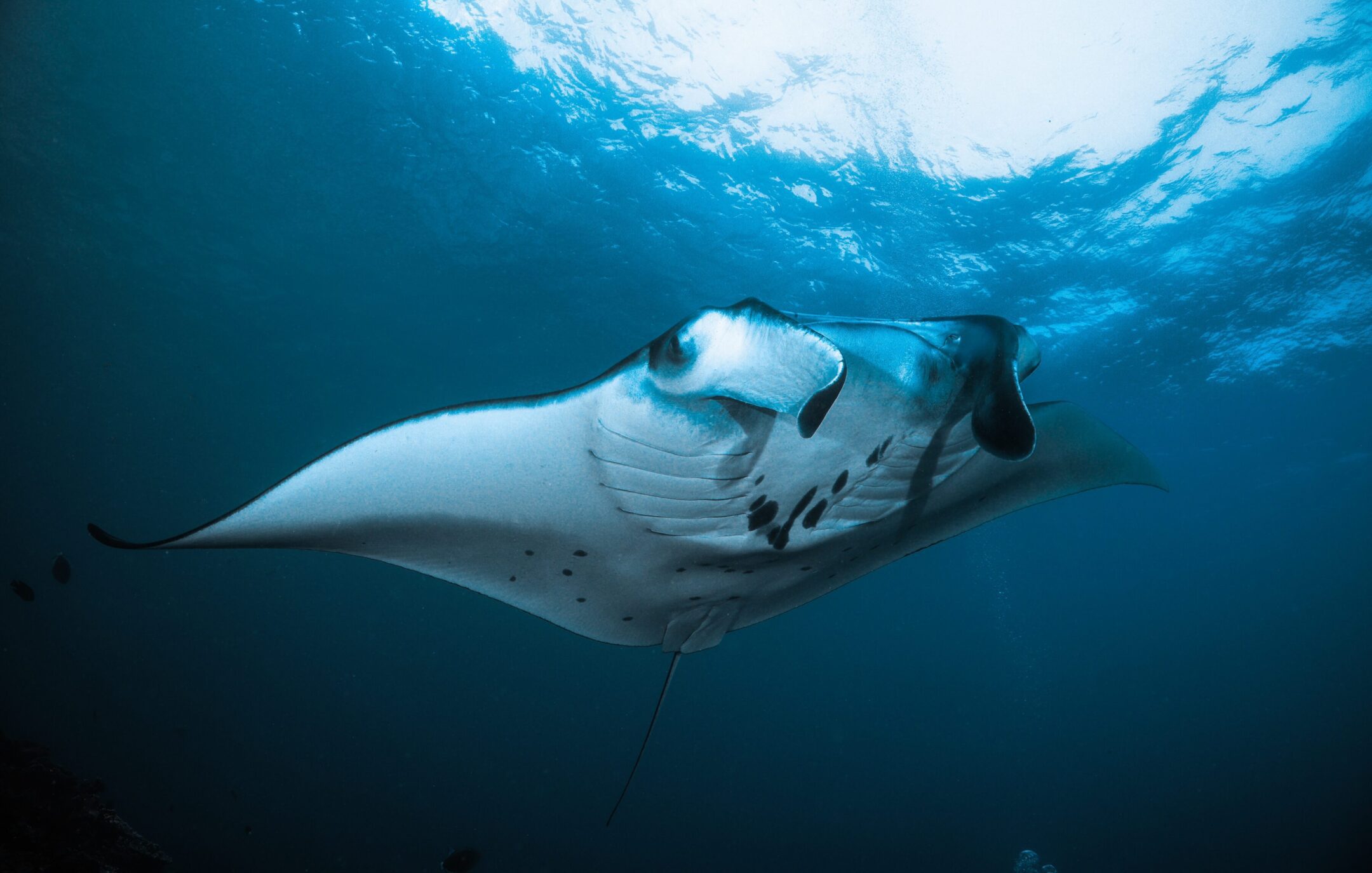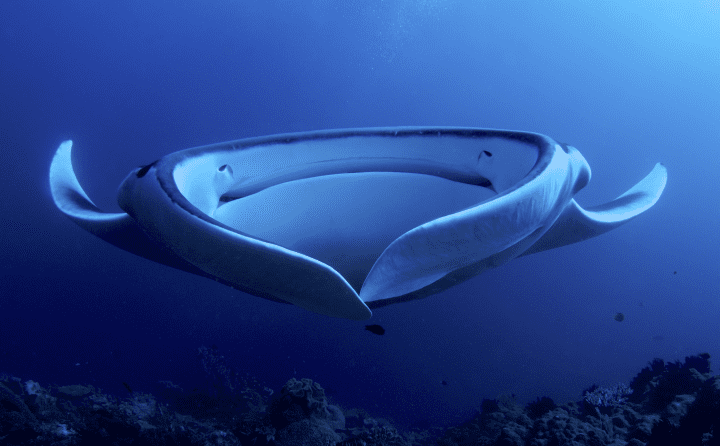Second Place - High School, International
UN Sustainable Development Goals Addressed
-

Goal 3: Good Health & Wellbeing
-

Goal 6: Clean Water & Sanitation
2023 Youth Design Challenge
This design concept was developed by participants in the Institute’s Youth Design Challenge. The descriptions below are from the team’s competition entry materials.
School: British School Jakarta
Location: Jakarta, Indonesia
Coach: Jozef Durok
Team members: Darlene Simanungkalit, Dong Min Huh, Kennard Liong, Minu Kim, Tattv Aroraa

Innovation Details
Team BlueManta from Jakarta realizes that a pressing local problem is that not everyone has access to clean water, especially the communities surrounding the Ciliwung river. The local residents depend on the Ciliwung river for daily necessities, which has been faced with heavy bacterial contamination due to trash and industrial waste being dumped into the waterway. The team’s solution is a low-cost bottle with a multi-layer filter that will produce clean water. The first layer takes inspiration from manta ray lobes, with hundreds of lobes made from recycled polyethylene terephthalate (rPET), arranged strategically to remove larger particles. The second layer integrates nanosized pores and an interconnected conduit structure similar to the xylem vessels in Gymnosperm trees, added to help remove additional pathogens. The team was able to increase the efficiency of their final design by looking at how certain arterioles in human kidneys work.
The team displayed thorough research methods and an understanding of an important local issue that affects nearby low-income communities. The judges also enjoyed the attention to detail in the final bottle design.
What is the problem your team solved for this challenge? What is the problem addressed? How is the problem connected to the selected SDG?
In Jakarta, we recognised the disparity in access to clean water between the privileged and underprivileged. Water sources are often contaminated with pathogens, toxic chemicals, and microplastics due to industrial dumping. In addition, we also realised most modern water filters, which use dead-end filtration, clog up quickly, thus accumulating contaminants that lead to more health issues such as diarrhoea. SDG 3 and 6 look into people’s health and wellbeing, and access to clean water, respectively. We believe having more access to clean water will decrease the transmission of waterborne diseases and increase quality of life for many Indonesians.
How was your solution inspired by nature? What (at least two) organisms did you learn from? How effectively did you combine the biological strategies for the final design?
Our solution is a bottle with a multi-layer filter, producing clean water. Inspired by manta ray filter lobes, layer one comprises 1706 minuscule lobes arranged at 20° that utilise cross-flow filtration to remove larger particles whilst preventing clogging. We used recycled PET to mimic the durability and flexibility of the manta ray’s lobes. After removing larger sediment, layer two integrates the nanosized pores and interconnected conduit structure of xylems to remove 99.9% of pathogens. To maintain its efficacy, we also looked at arterioles which have decreasing lumen diameter (and hence area) going down, thus increasing water pressure.
What does your design solution do? How does it solve or mitigate the problem you selected? How did what you learn inform your design?
Our design is a bottle with multi-layered filters, which purifies contaminated water and increases accessibility to clean water. Personal research yielded the clog-proof manta lobe filter, including the lobes’ optimal arrangement and measurements. After brainstorming with engineer George Butler, we decided to use sustainable materials like recyclable PET (rPET), an inert and strong plastic, and vitrified clay. Similarly, we revised the bacteria removing aquaporin filter – which was unfeasible – into emulating the nanopores of xylem with rPET and adding activated carbon to remove toxic organic compounds. Mentors also influenced our transparent design, utilising solar UV radiation to eradicate microorganisms.

